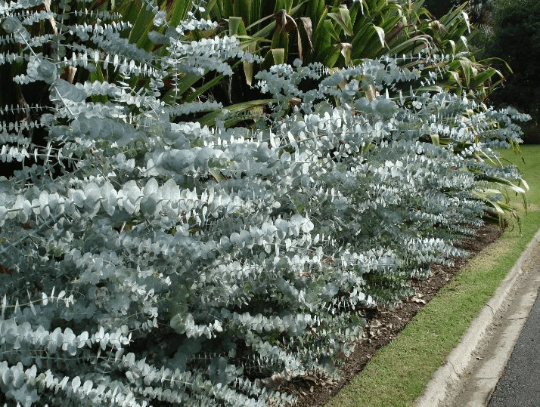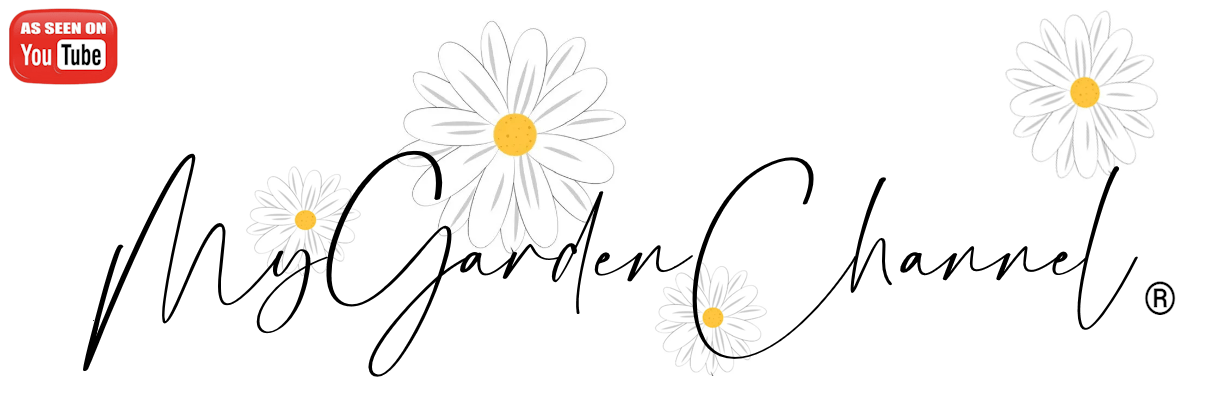Welcome to our guide on the Baby Blue Eucalyptus, a delightful and aromatic plant that effortlessly brings a touch of tranquility to both indoor and outdoor spaces. Explore the unique features of the Baby Blue Eucalyptus, learn how to cultivate and care for it as a houseplant, and discover its potential as a stunning addition to your landscape.

Growing as a Houseplant
The Baby Blue Eucalyptus, scientifically known as Eucalyptus pulverulenta, is cherished for its distinctive foliage and aromatic scent. Here’s how it thrives as a houseplant:
1. Foliage Beauty:
Baby Blue Eucalyptus showcases small, rounded leaves with a powdery blue hue, adding a unique and calming touch to indoor spaces. The aromatic oils in the leaves release a refreshing fragrance when touched.
2. Growth Tips:
Place your Baby Blue Eucalyptus in a location with full sunlight. While it can tolerate some shade, providing ample light enhances its growth and foliage color.
3. Temperature and Humidity:
Maintain a warm and dry environment, ideally between 65°F to 75°F (18°C to 24°C). Baby Blue Eucalyptus prefers lower humidity levels, making it well-suited for indoor cultivation.
4. Potting Mix:
Plant your Baby Blue Eucalyptus in well-draining potting mix, ensuring good aeration for the roots. A mix designed for herbs or succulents is suitable.
Care Instructions
Ensuring the health and vitality of your Baby Blue Eucalyptus involves paying attention to several key care aspects:
1. Watering:

Allow the soil to dry out between waterings, and water sparingly to prevent waterlogging. Baby Blue Eucalyptus prefers slightly drier conditions.
2. Pruning:
Regularly prune your Eucalyptus to maintain its shape and encourage bushier growth. Trim back any leggy or wayward branches to promote a compact form.
3. Fertilization:
Feed your Baby Blue Eucalyptus with a balanced liquid fertilizer every 4-6 weeks during the growing season (spring and summer). Avoid over-fertilizing to prevent excessive growth.
Planting Directions for Indoor Cultivation
Follow these planting guidelines to ensure a successful establishment of your Baby Blue Eucalyptus as a houseplant:
1. Pot Selection:
Choose a pot with drainage holes to prevent waterlogging. Ensure the pot is slightly larger than the plant’s root ball to allow room for growth.
2. Soil Preparation:
Use a well-draining potting mix and add perlite or sand for improved drainage. Plant the Eucalyptus at the same depth as it was in its nursery container.
3. Watering After Planting:
Water the plant thoroughly after planting to settle the soil and hydrate the roots. Maintain a consistent watering schedule based on the plant’s needs.

Growing Outdoors as a Landscape Plant
Baby Blue Eucalyptus can also thrive outdoors, enhancing your landscape with its beauty and fragrance. Here’s how:
1. Sunlight Requirements:
Plant the Eucalyptus in a location with full sunlight for optimal growth. Ensure it receives at least 6-8 hours of direct sunlight daily.
2. Soil Conditions:
Provide well-draining soil with a slightly acidic to neutral pH. Amending the soil with organic matter enhances fertility and promotes healthy growth.
3. Watering:
Water the outdoor Baby Blue Eucalyptus regularly, especially during dry periods. Mulching around the base helps retain moisture and suppress weeds.
4. Pruning:
Prune the plant as needed to maintain its shape and control its size. Remove any dead or damaged branches to encourage new growth.
By following these care instructions and planting guidelines, you can enjoy the beauty and aromatic charm of the Baby Blue Eucalyptus both indoors and outdoors. Embrace the versatility of this plant and make it a delightful addition to your living spaces and landscape!
Benefits of Baby Blue Eucalyptus
The Baby Blue Eucalyptus (Eucalyptus pulverulenta) is a highly valued ornamental tree known for its silvery-blue foliage and refreshing fragrance. It offers numerous benefits, including:
1. Aesthetic and Landscaping Appeal
- The unique silvery-blue leaves add visual interest to gardens and landscapes.
- It serves as an excellent accent tree or hedge in ornamental gardening.
- Its compact growth habit makes it suitable for small spaces and container planting.
2. Aromatic and Therapeutic Properties

- The leaves emit a refreshing eucalyptus scent, which is commonly used in aromatherapy to promote relaxation and clear the mind.
- Its natural essential oils help relieve congestion and support respiratory health.
3. Long-Lasting Cut Foliage for Floral Arrangements
- Popular in floral arrangements and bouquets due to its long-lasting and fragrant leaves.
- Retains its beauty even when dried, making it perfect for wreaths and home décor.
4. Attracts Pollinators
- Produces small, nectar-rich flowers that attract bees, butterflies, and other beneficial pollinators.
- Supports local biodiversity by providing a food source for wildlife.
5. Natural Pest Repellent
- The strong eucalyptus aroma naturally repels mosquitoes, ticks, and other insects.
- Can be planted near patios or outdoor seating areas for a natural bug deterrent.
6. Medicinal and Wellness Uses

- The leaves contain antibacterial and antifungal properties, often used in herbal remedies.
- Eucalyptus extracts are used in balms, teas, and essential oils for soothing coughs, sore throats, and muscle pain.
7. Low Maintenance and Drought Tolerance
- Thrives in various climates and soil types, requiring minimal care once established.
- Drought-tolerant, making it ideal for water-efficient landscaping and xeriscaping.
8. Air Purification
- Helps improve air quality by absorbing carbon dioxide and releasing oxygen.
- Can reduce airborne bacteria and pollutants indoors when used as a potted plant.
The Baby Blue Eucalyptus is not only a visually stunning plant but also offers practical benefits for health, home, and the environment. Its versatility makes it a must-have for gardeners, florists, and natural wellness enthusiasts alike.

